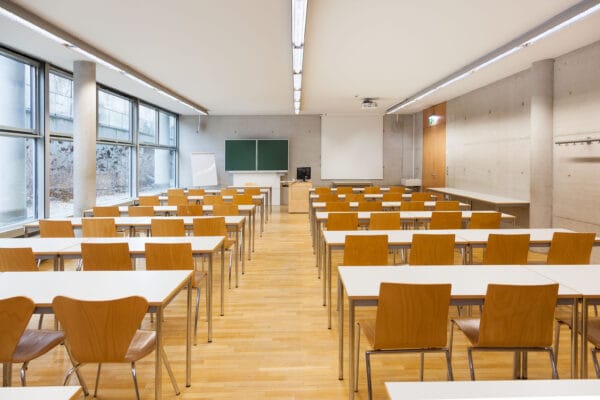
NAME:
SOWI - UR 3
BUILDING:
SOWI
FLOOR:
-1
TYPE:
Seminar Room
CAPACITY:
70
ACCESS:
Only Participants
EQUIPMENT:
Beamer, PC, WLAN (Eduroam), Overhead, Flipchart, Blackboard, Handicapped Accessible, LAN
The dynamics of socio-ecological transformation are frequently shaped by divergent visions of the present and future, often leading to tensions and conflicts over the direction of territorial development. This article explores such dynamics through the remaking of Collective Properties (CPs) as social infrastructures within the Gran Sasso and Monti della Laga National Park (GSML), focusing on the Chiarino Valley as a case study. Situated in Central Italy, the GSML spans 150,000 hectares across 44 municipalities, many of which were severely affected by earthquakes in 2009 and 2016-17. Despite challenges such as depopulation and abandonment, the area retains traditional economic activities like forestry and grazing, sustained by the persistence of communal lands. The Chiarino Valley, part of the Collective Property of Arischia, exemplifies this resilience. Arischia, a peripheral village within L’Aquila, has maintained its distinct identity through its connection to the Valley and its Collective Domain, which was reacquired by the community in 1923 after a century-long struggle against privatization. This collective memory underpins the community’s attachment to the Valley, which serves as a critical resource for forests, grazing lands, and water. Today, the CP reinvests proceeds from activities like forest management and grazing leases into community-oriented initiatives, acting as a social infrastructure within L’Aquila’s periphery. However, tensions arise between resource use and conservation, particularly in light of the National Park’s preservation objectives. Through ethnographic methods, including walk-along interviews and participant observation, this chapter examines the role of CPs as socio-ecological infrastructures in governing resource use and their interactions with the Park authority. It highlights the minimal engagement between the Park, which implements European and national conservation directives, and the CPs, whose communities view their resources as inherited assets. The findings underscore the need for Public-Commons Partnerships to foster dialogue between local communities and institutions, ensuring a shared approach to socio-ecological balance in remote rural areas. This study contributes to broader discussions on the governance of rural commons, socio-ecological transformations, and the role of local institutions in shaping sustainable futures.
